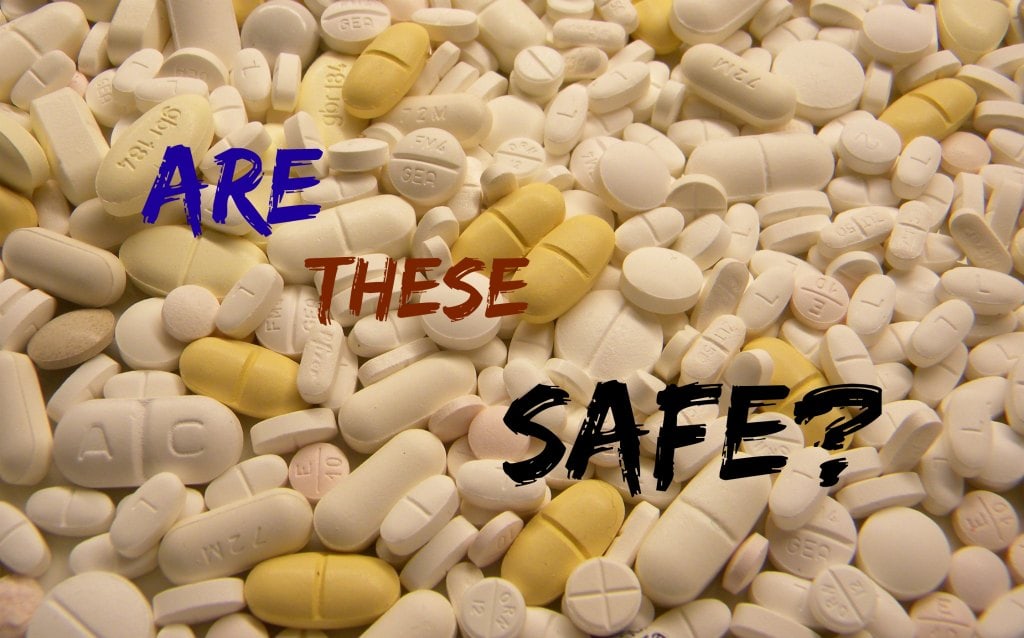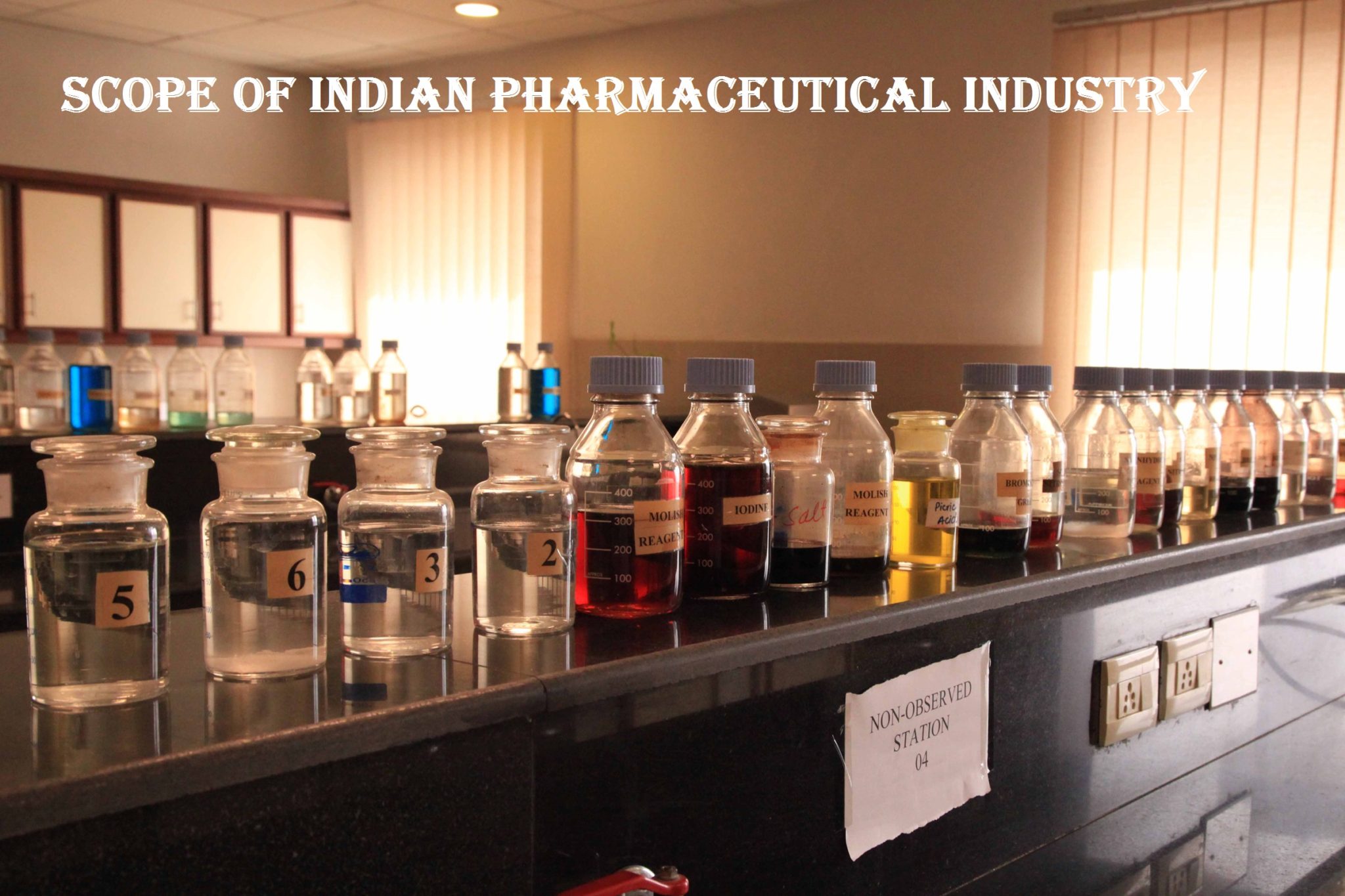Pharmacovigilance (PV/PhV) or drug safety can be defined as the pharmacological science that deals with the collection, identification, evaluation, observation and inhibition of the negative effects of various pharmaceutical products. It basically emphasises on drug responses that are adverse in nature but medical blunders like over dosage, misuse and abuse of a certain drug as well as drug exposure during pregnancy and breastfeeding could also be studied under the same umbrella as they are capable of causing a virulent reaction on the consumer. Pharmacovigilance is conducted once data is collected from reliable sources like patients, various healthcare providers and medical literatures via pharmacovigilance agreements (PVAs). This data is vital in giving accurate results in both, testing new drugs and checking the adverse effects of pre-existing ones.
In the long run, pharmacovigilance tackles with two main problems. First is the identification of hazards related with pharmaceutical products and the second is to minimise the risk of any harm, if caused by those drugs.
Related- Scope of Indian Pharmaceutical Industry
The Pharmacovigilance Industry
In spite of being a newly found field of research and study, the pharmacovigilance market is expanding globally at a very high speed since it is considered a requisite for clinical research . In the year 2013, it was estimated to be a USD 2,408.0 million market globally while it is expected to grow at 14.20% CAGR between 2014 and 2020. As per a report by Transparency Market Research suggests that the pharmacovigilance market is expected to reach US$6.1 bn by 2020. The main reasons for the proliferation of the pharmacovigilance market are the strict drug safety regulations and policies by the governments of most developed and developing countries and an ever increasing incidence rate of ADR (adverse drug reactions) which has turned out to be a huge liability on healthcare systems and also accounts for a large number of deaths every year. Adverse drug reactions have, over the years, become a prominent cause of worry for governments of a large number of countries as every year approximately 5% of total hospitalizations are due to the same, forcing these countries to think of ways to prevent these adverse reactions altogether thus boosting the growth of this market. Since drug production is also on the rise, due to growth in occurrence of chronic disorders along with the rising geriatric population base, regulatory authorities like USFDA and EMEA have augmented their drug safety mandate both, before and after commercialization, making them more complex, in turn increasing the value of the market every day. Segmenting of the pharmacological market is done on the basis of the phase of drug development, the region of development, method used and the type of service it provides. Of the five phases of development namely, preclinical studies, phase I, phase II, phase III and phase IV or post-marketing surveillance, phase IV rules with a 60% market share and is expected to maintain it’s domination in the future as well though phase III is also expected to grow in the coming years because of the rising need to conduct risk assessment studies, the need for developing comparative safety data and the valuation of medication errors. The global pharmacovigilance market is extremely combative and highly fragmented. On the basis of methods, it can be categorized into the following: Spontaneous Reporting, Intensified ADR Reporting, Targeted Spontaneous Reporting, Cohort Event Monitoring, EHR Mining. With respect to the types of service, the categories are in-house and contract outsourcing markets. By geographical region, the four main markets are North America, Europe, Asia-Pacific and Rest of the World (RoW)
The Indian Market
India falls under the Asia Pacific region of the pharmacological industry. While other regions to the west have a bunch of achievements, In spite of a rough start, India is going slow and steady in the field of pharmacovigilance and its implementation and incorporation into the country’s health care system. The main problem our country faces is the negligence tied to healthcare. While the situation may appear to be slightly better in urban areas, most of the rural population isn’t even aware of the most basic trends in medicine and day to day hygiene which has been a major challenge for the government for a couple of years now. In few personal interactions, I have realized that lack of resources and awareness is taking a toll on the lives of these people whose only fault is that they do not belong to the more developed regions of the country. Though the current government has made consistent efforts in improving the lifestyle of people belonging to the rural areas, it is expected to take much longer. Programs like Swachh Bhart Abhiyan and the Pharmacovigilance Programme have seen a swift growth in terms of both, increasing consciousness among the stakeholders of pharmacovigilance and unifying their interests by establishing a more robust system for the detection and cure of adverse reactions of medication and their analysis. But none of this will work until and unless the people are made aware of what an adverse reaction is.
A country where every other person considers himself a doctor needs to understand that medicines and their consumption isn’t something that should be taken so lightly. Drugs like Novalgin, D-Cold, Enteroquinal, Furoxone and Lomofen (anti-diarrheal), Nimulid, Analgin (pain killer), Ciza and Syspride, (acidity and constipation), Nimesulide (painkiller) and Buclizine (appetite stimulant) can still be found on every other medical store while other countries have banned them. This kind of negligence is what gives the country a bad name. 50 out of 1000 people die every year in India due to an adverse drug reaction, which is quite a shameful statistic based on the fact that India is the 4th largest producer of drugs worldwide. Ultimately, a better financial backing with adequately trained personnel and a strategically monitored long term vision are the few things India needs to emerge as a strong contender globally. Indian history in terms of pharmacovigilance dates back to 1986 when a system to detect ADR, keeping in mind a population of 50 million, with 12 regional centers was formally proposed for the first time. But it wasn’t until 1997 that India made any concrete achievements in this field when it joined the World Health Organization’s ADR Monitoring programme in Uppsala, Sweden.
However, India wasn’t able to contribute much to the database in Sweden because of which the scheme didn’t emerge successful. Another reason behind the initial failures India faced was the lack of knowledge and sensitivity towards ADRs among healthcare professionals and pharmaceutical companies which wasn’t solved for a very long time but once that was done, there were a series of achievements that followed. One of them was the Nation Pharmacovigilance Programme which helped establish a reporting culture, incorporate a large number of healthcare professionals in the process and also set a benchmark in the global monitoring systems. This programme was conducted on a larger scale, beginning in 2005 with 26 peripheral centres, five regional centres and two zonal centres but unfortunately, it wasn’t able to do as well as it was expected to. In fact, the Pharmacovigilance Programme of India is only a reprised version of the NPP which is seen to do really well over the recent years and is considered an extremely successful event in India ever since it became operational in mid July 2010.
Recent Trends and The Road Ahead
Novartis, Paraxel, Aurobindo, Cognizant are few of the many firms involved in providing improved pharmacovigilance frameworks to India. The concept has also managed to gain a great deal of importance in the media, increasing the awareness of patients and doctors about the issue. Though it is currently restricted to only approved medical college hospitals of the country, it is soon expected to make it’s way into the mainstream, benefiting the entire Indian population. However, it is expected to take a while as it is almost impossible to set up a holistic ADR recognition system for the entire nation overnight but efforts are being made in the right direction to achieve the same. The data collected by PvPI is shared with WHO which helps expand the data reservoir and enhance the capabilities of the system to detect adverse reactions. To speed the process, this data should also be shared with various pharmaceutical companies to understand and minimize the risk.




Truly effective article to gain knowledge
Glad you find it helpful 🙂